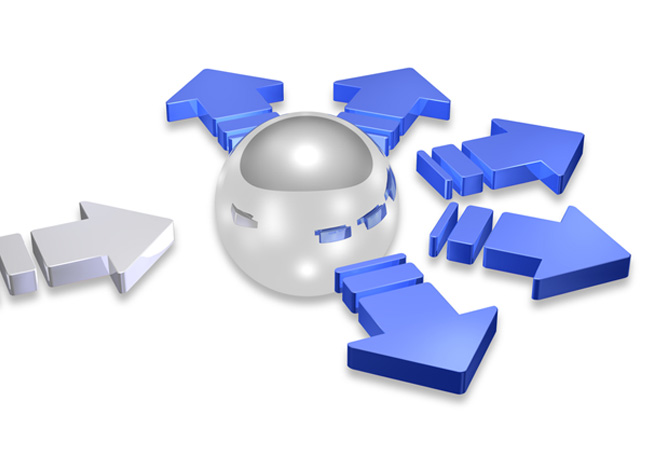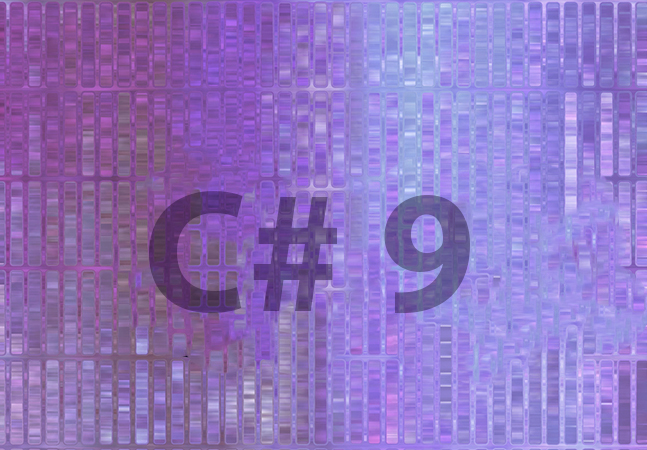
Test projects give you a way to exercise your code to see if it works but they're also part of your project's "permanent record." If all you want to do is try something out with some throwaway code, C# Scripting in Visual Studio might be a better choice.

SQL Server's OpenJson function will let you dismantle JSON structures into relational tables, including tables with foreign/primary key relationships.

Here's how you can use SQL Server's OpenJson function to dismantle JSON structures into relational tables targeting either transactional systems or data warehouses.

C# 9 gives you a better way to create value objects and some simpler code to use while doing it. But even if you don't care about value objects, the new keyword has some cool changes.

You're missing out on some cool features if you're building applications in .NET Core 3 and not exploiting the new features in C# 8. Here's what Peter thinks are the ones you'll find most useful.

Thanks to Chris Sainty and Remi Bourgarel, working with local storage from a Blazor application running either in the browser or out of it is relatively easy. Testing your code can be equally easy but only if you set up support the real world of network connections.

Right now, in Visual Studio, you can create a solution that takes a single UI with its code and shares it across Windows, Android, macOS, iOS and web browsers. It's not a perfect cross-platform solution (yet), but it's here now.

Really, you only need to do two kinds of testing: Unit testing (to make sure that your individual components work) and end-to-end testing (to make sure your application works). Anything else is just a waste of your time.

GraphQL gives clients who call your Web services the ability to specify what properties of your data objects they want. Here are two ways to let those clients also specify which data objects they want.

GraphQL lets you create data access services without writing controllers. Instead of writing procedural code, you declare schemas describing what queries you'll accept and what you're willing to return. Here's how to get started in ASP.NET Core.

ASP.NET Core Version 3.1 adds some new features for managing events in Blazor. You may think you'll never need them, but there may be a time when you'll be glad to know about at least one of them.

ASP.NET Core Version 3.1 has at least two major changes that you'll want to take advantage of. Well, Peter thinks you will. Depending on your background, your response to one of them may be a resounding “meh.”

If you're creating business services that send dates and decimal data then you may be concerned that gRPC services don't support the relevant data types. Don't Panic! There are solutions. Here's how to use them.

In the real world, you've been dealing with the State pattern every time you designed a set of database tables. The Protocol Buffers specification lets you do the same thing when you define the messages you send and receive from your gRPC Web Service.

Here's everything you need to know to create a standard set of reusable message formats to use with your gRPC services.